Paw-sitive Parenting: 40 Common Mistakes Dog Owners Should Steer Clear Of
Though adopting a furry companion can bring immeasurable joy, navigating the responsibilities of dog ownership requires careful consideration. In your canine companionship journey, it’s easy to fall into pitfalls that unintentionally impact your furry friend’s well-being. From nutrition faux pas to training hiccups, we’ll explore some of the mistakes dog owners might unwittingly make.
Whether you are a seasoned pet parent or a newcomer to the world of wagging tails, being aware of these blunders is crucial for fostering a happy, healthy bond with your four-legged friend. Join us as we explore the nuances of dog ownership, providing insights to help you steer clear of common missteps and ensure your canine companion’s tail wags with pure joy. You’ll all be better for it.
Inadequate Socialization
One common oversight among new dog owners is insufficient socialization during the puppy stage. Dogs that aren’t used to new environments, people, and other animals may develop anxiety and aggression issues. This can make simple activities like walks or visits to the vet challenging.

Taking the time to expose your dog to different stimuli in a controlled and positive manner is essential. Early and proper socialization sets the foundation for a well-adjusted and confident dog, enhancing their overall quality of life and ensuring smoother interactions with the outside world.
Skipping Obedience Training
New dog owners often make the mistake of overlooking the importance of obedience training. It’s easy to get caught up in the excitement of having a new pet, but neglecting basic training can lead to behavioral challenges. Obedience training provides a foundation for communication between the owner and the dog, fostering a positive relationship.

Simple instructions like sit and come make daily interactions so much easier and contribute to a well-behaved and happy canine companion. Investing time in training early on will save both you and your dog from unnecessary stress and frustration later.
Not Introducing a Variety of Foods
Spicing up your dog’s meals is like adding diverse flavors to your own menu – it keeps things interesting and nutritious. While some dogs may be content with a consistent diet, introducing a variety of high-quality foods ensures a well-rounded nutritional experience.

Envision curating a culinary journey for your four-legged friend, where each meal introduces them to different tastes and essential nutrients. Maintaining a mix of exciting and nutritious meals is a recipe for a happy and healthy furry companion, and we’re all here for it.
Neglecting Daily Exercise
Neglecting a dog’s need for daily exercise is a common pitfall for some pet owners. Dogs, regardless of breed or size, need to be active for optimum mental and physical wellness. Without sufficient exercise, dogs may exhibit behavioral problems, excessive energy, or even weight-related issues.

Daily walks, playtime, and interactive activities are not just beneficial for the dog’s physical well-being but also contribute to a strong bond between the owner and the pet. Making time for regular exercise is a small yet crucial investment in your dog’s overall well-being.
Inconsistent Rules
Imagine running a company where the rules change daily – one day, it’s casual Friday on a random Tuesday; the next day, suit and tie. Dogs, much like employees, thrive on consistency. Inconsistent environments can leave them feeling a bit like they’re navigating a canine obstacle course blindfolded.

Establishing and sticking to a routine provides a comforting structure for your furry companion. So, whether it’s bedtime routines or treat-time rituals, maintaining consistency helps your dog understand the game plan, fostering a sense of security and obedience that keeps tails wagging in harmony.
Avoiding Regular Vet Visits
Skipping vet visits is akin to crossing your fingers and hoping your car never breaks down. Regular check-ups serve as preventative maintenance for your four-legged friend. These appointments are not just for addressing unexpected issues; they’re proactive measures to ensure your pup is in top shape.
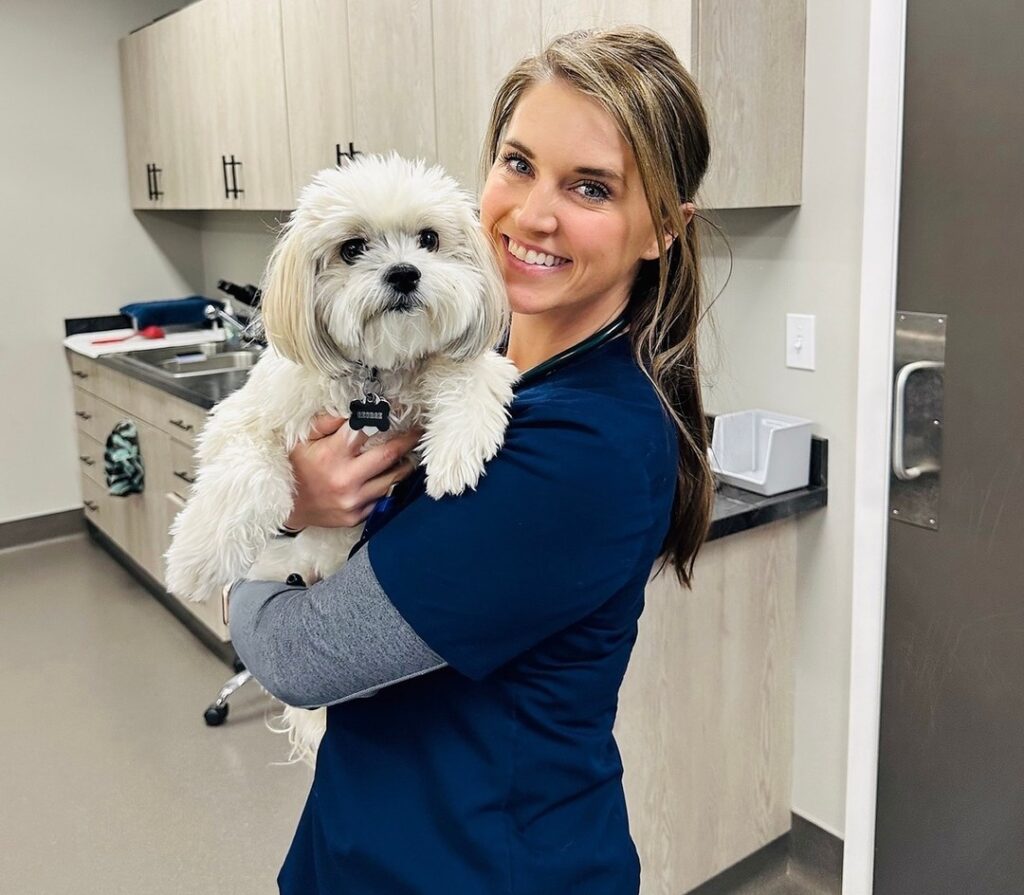
You learn a lot during these routine visits as the vet will guide you through vaccinations, dental care, and overall pet wellness. They are the backstage pass to a dog’s longevity, ensuring they continue to shine as the true rockstars of your household.
Lack of Research
Selecting a dog without adequately researching their breed is like getting a mystery box—you never know what you are going to get. Each dog breed is a unique puzzle with its own set of quirks, energy levels, and grooming needs.

It’s the key to understanding their behavior, tailoring their care, and avoiding potential pitfalls. So, before embarking on this furry adventure, become the Sherlock Holmes of dog parenting, and your canine companion will thank you with a lifetime of cuddles and wet-nosed kisses!
Feeding Table Scraps
While it might be tempting to share meals with your furry friend, feeding dogs table scraps is a mistake we often make. This can encourage begging behavior, disrupt a balanced diet, and contribute to obesity and related health issues. Furthermore, your food may contain ingredients that are harmful to canines.

It’s crucial to stick to a proper and well-balanced diet formulated for dogs. This ensures that they receive the necessary nutrients without jeopardizing their health. We know it can really be hard to resist those puppy-dog eyes but trust us, it’s all for the best.
Yelling or Harsh Punishment
Yelling at your dog is like using a megaphone to deliver a Shakespearean soliloquy – it may sound grand, but it’s not the most effective communication strategy. As most people know, canines do a lot better when trained using positive reinforcement. Harsh punishment can create a rift in the human-animal bond.

This can transform your dog’s trusting eyes into ones filled with confusion and fear. Opt for a more directorial approach; think of yourself as the Spielberg of dog training, guiding your furry star with kindness and encouragement. The result? A blockbuster performance of good behavior.
Overfeeding
Picture this: your dog with a VIP pass to the couch potato club, living a life of leisure without a care in the world. You may think of it as an innocent love language, but overfeeding can cause a canine health crisis. Paying attention to portions will help you maintain a svelte and energetic companion.

Think of it as serving appetizers at a high-class canine banquet – just enough to keep them satisfied and ready for the next adventure. So, resist the urge to overindulge those puppy-dog eyes during snack time, and you’ll both be strutting the dog park runway in peak condition.
Not Providing a Structured Environment
Ensuring a structured environment for your canine companion lays the foundation for a well-organized household. Dogs, by nature, thrive on routine as they find comfort in predictability. When daily activities like feeding, walks, and bedtime follow a consistent schedule, it provides a sense of security for your furry friend.

This structured environment not only fosters a harmonious living arrangement but also contributes to a dog’s mental well-being. Think of it as creating a canine calendar where each day is marked by familiar activities, forming the framework for a fun and balanced life.
Not Dog-Proofing the Home
Dog-proofing your home is synonymous with creating a secure haven for your four-legged family member. Just as you would child-proof a house with a baby, mitigating potential hazards is a responsible step in providing a safe and secure environment for your dog.

Creating a canine-friendly sanctuary also includes ensuring that items like shoes and cords are safely out of reach. By identifying and removing potential hazards, you transform your living space into a worry-free zone, allowing your dog the freedom to explore without the risk of encountering harmful substances or objects.
Choosing the Wrong Size Dog
Selecting a dog without considering their size is analogous to putting puzzle pieces where they don’t quite fit. Each dog brings specific considerations regarding space requirements, exercise needs, and compatibility with your lifestyle. So, before welcoming a new furry family member, conduct a thoughtful assessment of your living space and daily activities.

Your final decision should align seamlessly with both your living conditions and the lifestyle you can afford yourself and the dog. Choosing the right-sized dog ensures a harmonious fit within your home and life, preventing potential challenges associated with a mismatch.
Delaying Crate Training
Crate training is invaluable as these spaces act as a secure retreat for your dog and simplify various aspects of their life. Delaying this process is like postponing the acquisition of a practical life skill. A dog accustomed to a crate is at ease during travel, visits to the vet, and even during thunderstorms.

Think of the crate as a personalized safe haven — a space where your dog can retreat for comfort and security. Initiating crate training early not only ensures a smoother integration into various environments but also establishes a positive association, making it a valuable asset in your dog’s behavioral repertoire.
Leaving a Dog Alone for Too Long
Leaving a dog alone for extended durations is comparable to expecting a solo performance from a social creature. Dogs thrive on companionship and interaction, and prolonged solitude can lead to various behavioral challenges. Instead, envision creating a well-structured routine that minimizes alone time.

Incorporate mental and physical stimulation and involve the assistance of a trusted caregiver or professional dog sitter when you’re away. By taking these measures, you ensure your dog’s well-being, reducing the likelihood of separation anxiety and destructive behaviors. Your canine companion will always be content and fulfilled.
Ignoring Dental Care
Dental care is vital to a dog’s overall health. Failing to take care of your pup’s teeth can lead to problems with their gums and even tooth decay. Poor oral hygiene can even impact a dog’s overall health, contributing to issues with organs like the heart and kidneys.

Establishing a routine for dental care, which may include regular brushing and providing dental chews or toys, is essential for preventing these issues. By prioritizing your pup’s dental health, you contribute to its longevity and well-being. Plus, don’t we all just want our furry friends to have an effortless smile?
Neglecting Grooming
Failure to prioritize regular grooming for your dog could be likened to letting dust settle in neglected corners of your living space. Sadly, the consequences extend beyond mere aesthetics. Matting, skin problems, and discomfort become unwelcome houseguests for your furry companion.
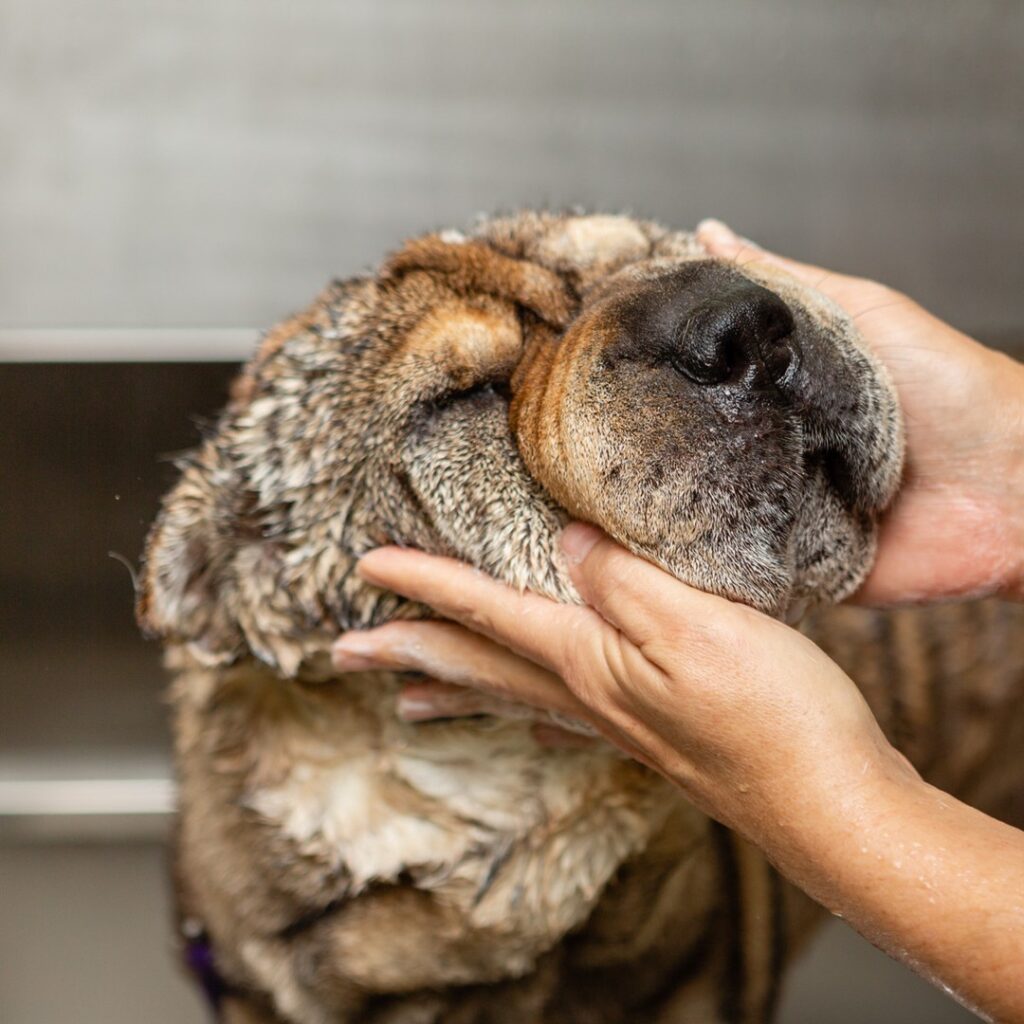
Grooming sessions don’t just enhance their appearance but are crucial for maintaining a healthy coat and preventing potential health issues. Establishing a routine of brushing, nail trims, and baths ensures your dog enjoys a comfortable and hygienic lifestyle, free from the metaphorical dust bunnies that neglect can bring.
Impulse Adoption
Adopting a dog without acknowledging the enduring commitment required is akin to starting a DIY project without assessing the tools needed. Dogs are not fleeting trends; they are enduring companions deserving of careful consideration. Therefore, the decision to adopt a dog needs to be well-thought-out.

Before choosing to bring a pet into your life, contemplate the breed traits, energy levels, and the resources essential for optimal care. Visualize adopting a dog as entering a lifelong partnership; it necessitates commitment, understanding, and an unwavering dedication to providing a nurturing and lasting home.
Forgetting Flea and Tick Prevention
Overlooking flea and tick prevention for your dog leaves them unprotected and invites harmful pests into your lives. Beyond the discomfort these tiny invaders inflict, they pose serious health risks and can turn your pet’s sanctuary into a battleground of potential diseases.

Regular preventive measures, such as topical treatments or collars, serve as an invisible shield guarding against these unwanted guests. Think of it as establishing a force field around your dog, ensuring they remain safeguarded from the nuisances that can compromise their well-being.
Lack of Patience
Anticipating immediate results in your dog’s training is comparable to planting seeds and expecting a flourishing garden overnight. A lack of patience can sow frustration for both the pet and the owner. Nurturing a positive relationship with your dog requires time, consistent guidance, and understanding.
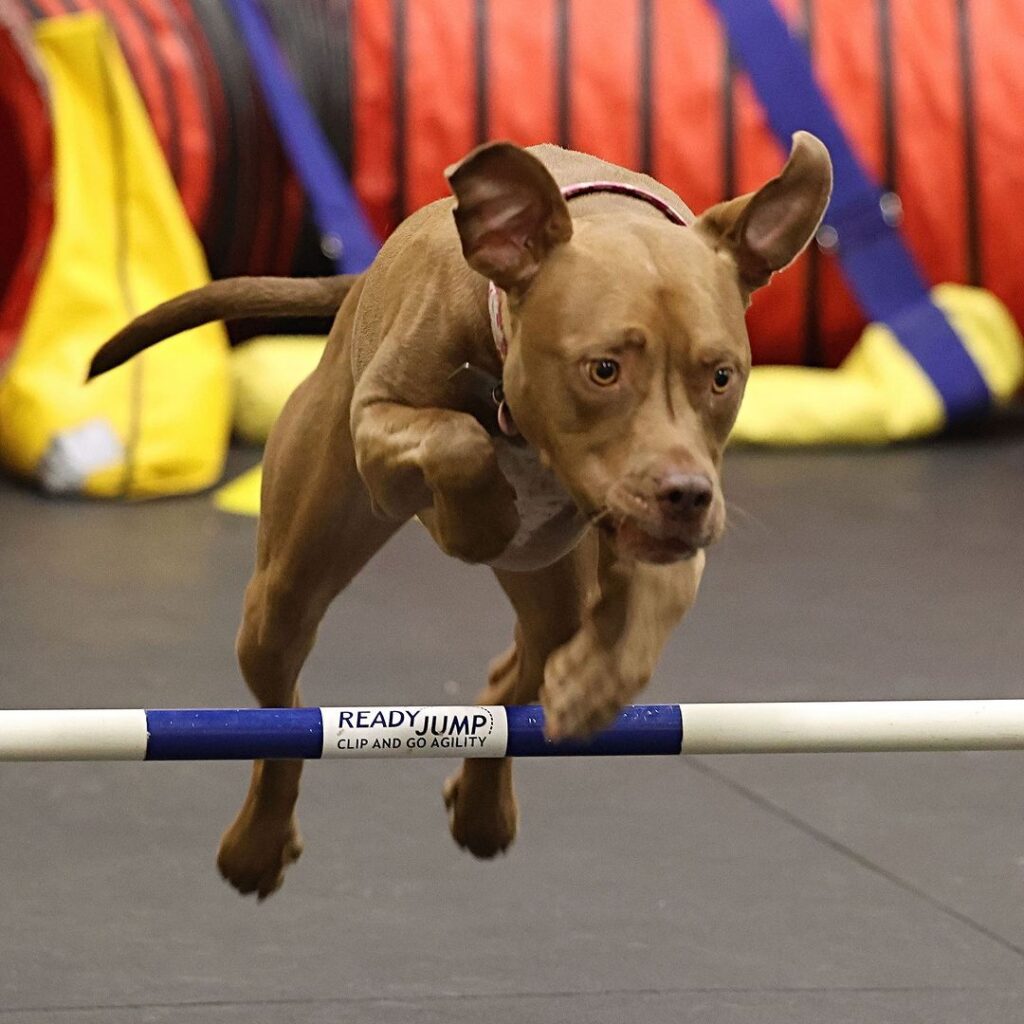
This process is like tending to a garden; with patience, positive reinforcement, and steady effort, you witness the gradual blossoming of a well-behaved and content pet. Acknowledging the time investment in the growth of your canine relationship sets the stage for a more fulfilling and enduring bond.
Skipping Heartworm Prevention
Disregarding heartworm prevention for your dog puts it at severe medical risk. In numerous geographical areas, heartworm disease looms as a substantial threat to canine health. Routine prevention, often administered through medication, stands as a vital defense against this potentially fatal condition.

Envision it as fortifying your dog’s health against an invisible storm, ensuring they remain resilient and protected from this preventable yet serious disease. Regular heartworm prevention is not just a precautionary umbrella; it’s a shield that fortifies your pooch against the unseen hazards that nature may present.
Failing to Establish Leadership
Understanding the pack mentality inherent in dogs is essential for successful companionship. Dogs naturally seek a leader, and when owners fail to establish themselves in this role, it can lead to behavioral challenges. The lack of a clear authority can result in confusion for the dog, affecting their sense of security and overall behavior.
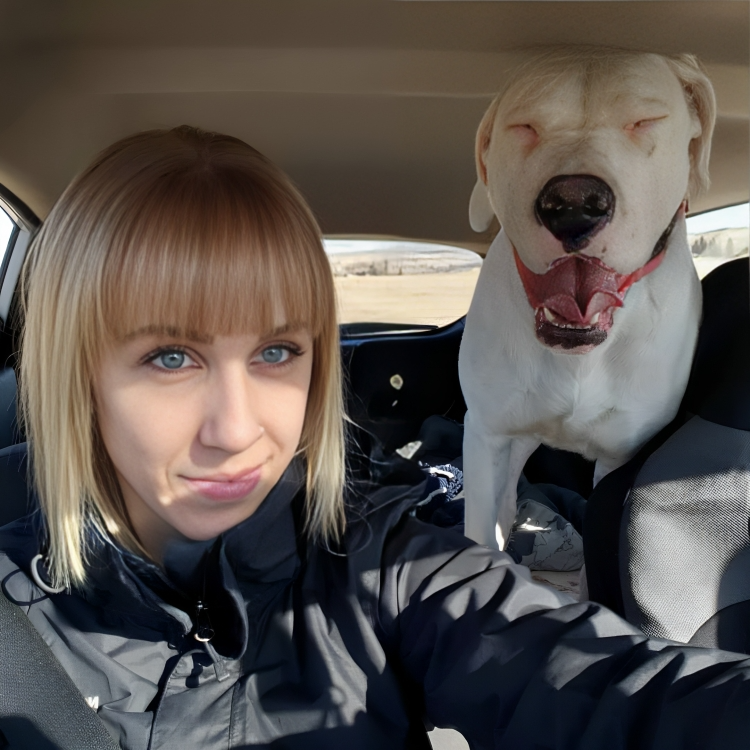
Taking on the role of a leader involves consistent guidance, setting clear boundaries, and providing a structured environment. This proactive approach not only addresses potential behavioral issues but also fosters a positive and cooperative relationship between the owner and the dog.
Ignoring Behavioral Issues
Addressing small behavioral problems in dogs involves more than just correcting specific actions; it’s about creating a positive environment for both the pet and the owner. Small issues, if left unattended, can escalate into more significant challenges, impacting the overall harmony of the household.
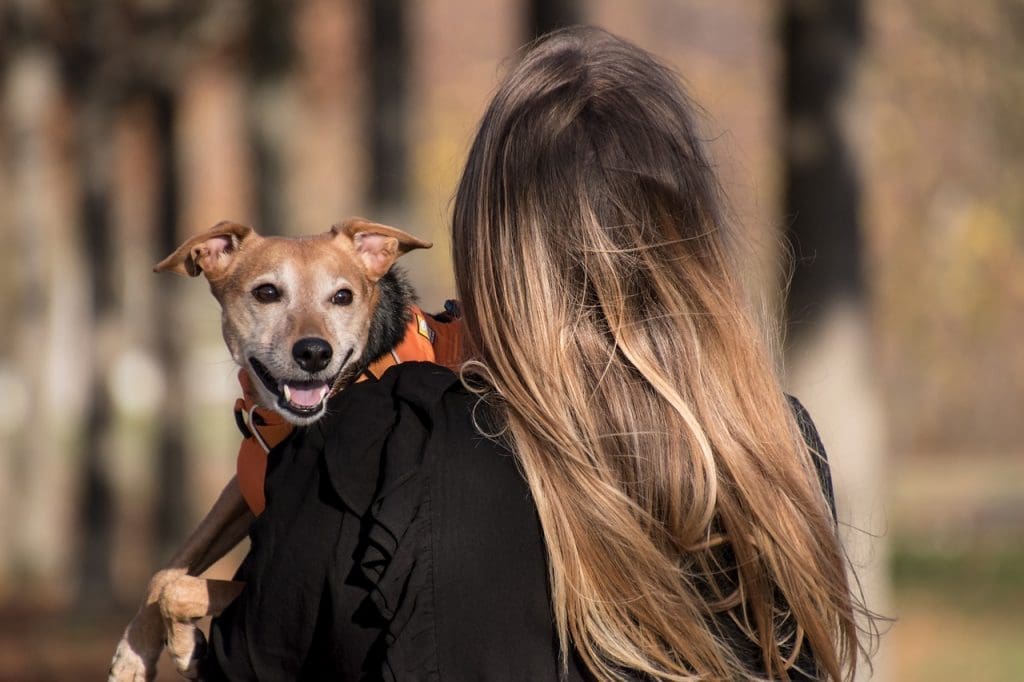
By promptly identifying and addressing behavioral concerns, owners can implement effective corrective measures. This involves understanding the root causes of the behavior and implementing positive reinforcement techniques to encourage desired actions. Proactive behavioral management ensures a positive living space and strengthens the bond between the owner and the dog.
Improper Leash Training
Proper leash training is a fundamental aspect of responsible dog ownership. Beyond preventing pulling, leash training contributes to both the safety of the dog and the enjoyment of walks for the owner. Neglecting this can lead to issues such as pulling, tangling, and safety concerns.

Effective leash training includes teaching the dog to respond to cues, and maintain a controlled pace. Investing time and effort in this process not only enhances the owner’s ability to guide the dog during walks but also strengthens the bond between the owner and the pet through positive interactions.
Punishing Normal Dog Behavior
Understanding and respecting the natural behaviors of dogs is key to a positive owner-dog relationship. Punishing normal dog behavior can create confusion and stress, hindering the learning process and eroding the trust between the owner and the pet. Instead of punishment, a more effective approach involves redirecting undesirable behaviors positively.

This includes doing things like rewarding your furry friend with snacks and treats to encourage desired behaviors and setting guidelines. By fostering a positive learning environment, owners contribute to a stress-free atmosphere and strengthen the bond with their adorable pooches.
Choosing a Dog Based on Looks Alone
The temptation to choose a dog based on looks alone is understandable; after all, who can resist a fluffy face or expressive eyes? However, the journey of canine companionship extends beyond aesthetics. It’s comparable to selecting a book with an alluring cover but discovering the narrative doesn’t resonate with your preferences.

Dive deeper into the dog’s energy level and temperament, as these are essential components for a harmonious partnership. The process is almost similar to browsing through a library, searching for that perfect novel whose plot aligns seamlessly with what you’re feeling at the moment.
Overlooking the Importance of Mental Stimulation
Recognizing the cognitive needs of dogs is crucial for promoting their overall well-being. Dogs thrive on mental stimulation, and providing tasks and challenges is essential for preventing boredom and behavioral issues. Mental stimulation can take various forms, including puzzle toys, obedience training, and exposure to new environments.

Incorporating these elements into a dog’s routine not only satisfies their innate curiosity but also ensures a healthy and balanced mental state. A proactive approach to mental stimulation contributes to a content and fulfilled canine companion, which later translates to a happier home.
Not Puppy-Proofing the Yard
When it comes to raising a puppy, puppy-proofing isn’t confined to indoor spaces; the outdoor realm presents its own set of adventures and hazards. Overlooking the need to puppy-proof the yard is like designing a theme park without safety measures.

Erect secure fences, eliminate hazards, and envision your yard as a curated playground for your furry explorer. Think of it as crafting an outdoor haven, complete with safety checkpoints, a landscape of discovery, and the promise of countless tail-wagging escapades.
Giving Too Much Freedom Too Soon
The excitement of welcoming a new dog often leads to the desire to grant them boundless freedom. However, like introducing a teenager to driving, canine freedom is best approached gradually. Too much freedom exposes your pup to potential accidents, undesirable habits, and safety concerns.
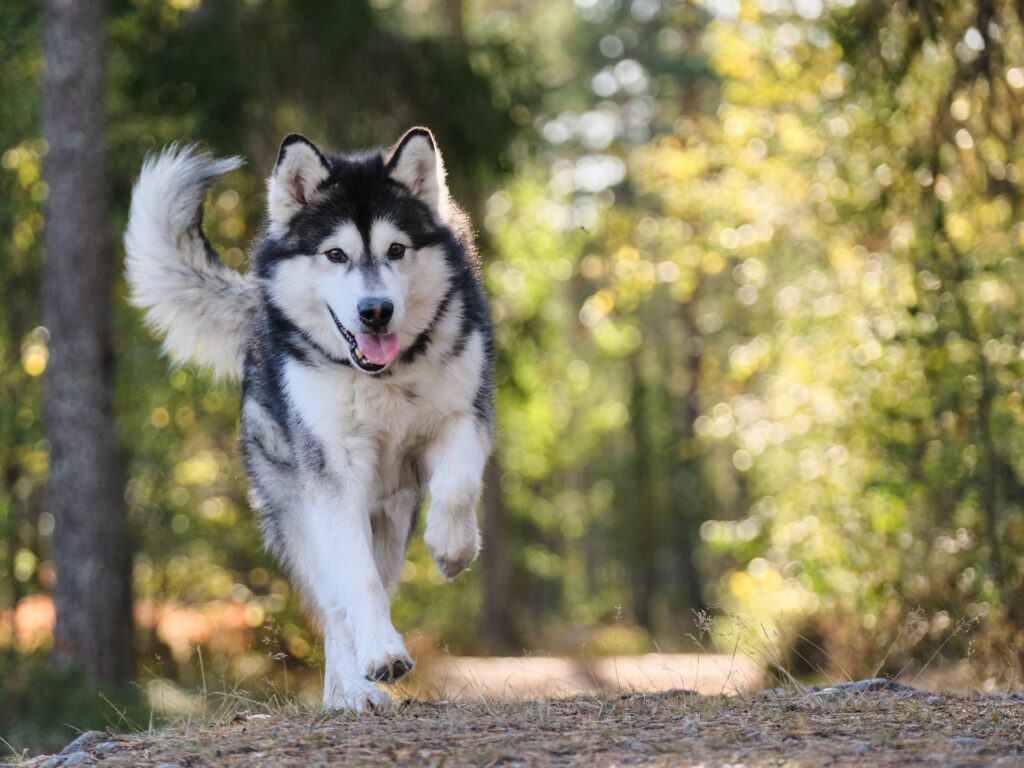
Envision it as a well-structured puppy orientation program, offering controlled access, supervised explorations, and an opportunity for your furry friend to adapt gradually to the newfound freedom that awaits them. Freedom is a gradual process. Therefore, be careful regarding such aspects as well.
Not Teaching ‘Drop It’ or ‘Leave It’
The commands ‘Drop It’ and ‘Leave It’ are the unsung heroes of responsible pet ownership. Neglecting to instill these commands early is going to cost you as these verbal lifeguards play a crucial role in preventing your dog from ingesting potentially harmful items.

Whether it’s a tempting discovery during a walk or an unknown object at home, the ability to command your dog to drop or avoid certain items is fundamental. These commands empower your canine and ensure their well-being, equipping them with the skills to make wise choices in their environment.
Failing to Reward Good Behavior
Acknowledging and rewarding good behavior in your dog is the magical wand that transforms ordinary moments into golden opportunities for positive reinforcement. Dogs thrive on positive feedback, and rewards serve as the glittering stars that illuminate both their achievements and their day.
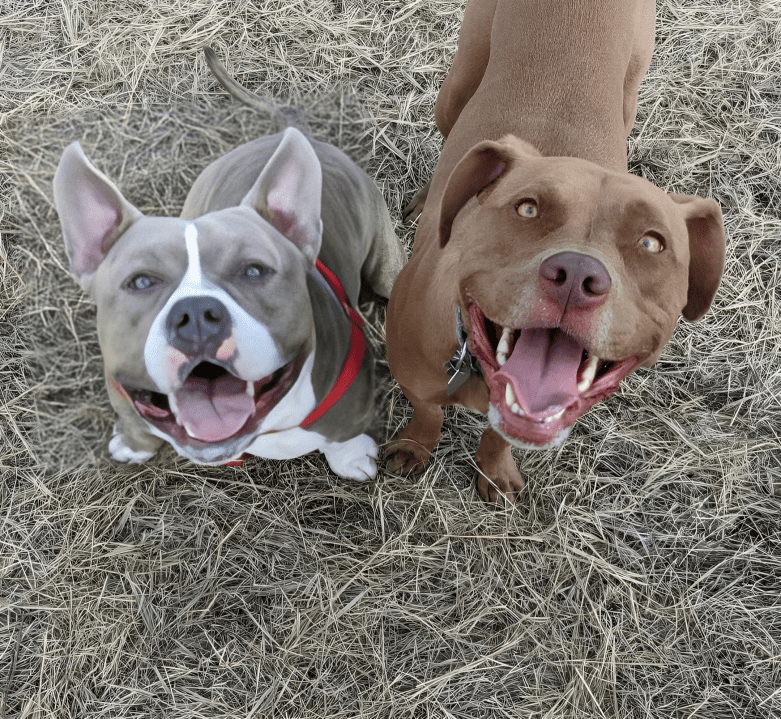
It’s like being the conductor of a symphony, orchestrating a melody of good behavior with treats, praise, and playtime as the instruments. Embrace your role as the maestro, directing a harmonious canine symphony that reinforces the behaviors you want and fostering a strong bond between you and your furry companion.
Lack of Boundaries
Transforming your home into a haven for both you and your dog goes beyond cozy corners and play areas. It’s about setting the stage with some unspoken rules. Think of it as creating zones where your dog is the VIP guest and spaces where they might need to tread lightly.

This isn’t just about maintaining order; it’s also about cultivating a feeling of safety and belonging for your furry companion. Think of it as designing a home with specific areas for different activities, ensuring everyone, furry or not, feels comfortable and welcomed.
Not Investing in Training Tools
In the world of canine education, tools like clickers, treat bags, and suitable leashes act as your navigational aids, guiding you through the twists and turns of the training journey. Clickers provide immediate feedback, acting as your audible encouragement when your dog nails a command.

Treat bags ensure timely rewards for positive behavior, while the right leash is your sturdy companion, offering control and safety during training sessions. Think of these tools as your canine training toolkit, each serving a specific purpose in making the learning experience enjoyable and effective for both you and your furry friend.
Forgetting to Update ID Tags and Microchips
Keeping your dog’s identification up-to-date ensures they have an updated contact list at all times. Their ID tags and microchips act as the passports that can guide them back to you in case of an unexpected solo adventure. Think of them as the emergency kit for your furry family member.
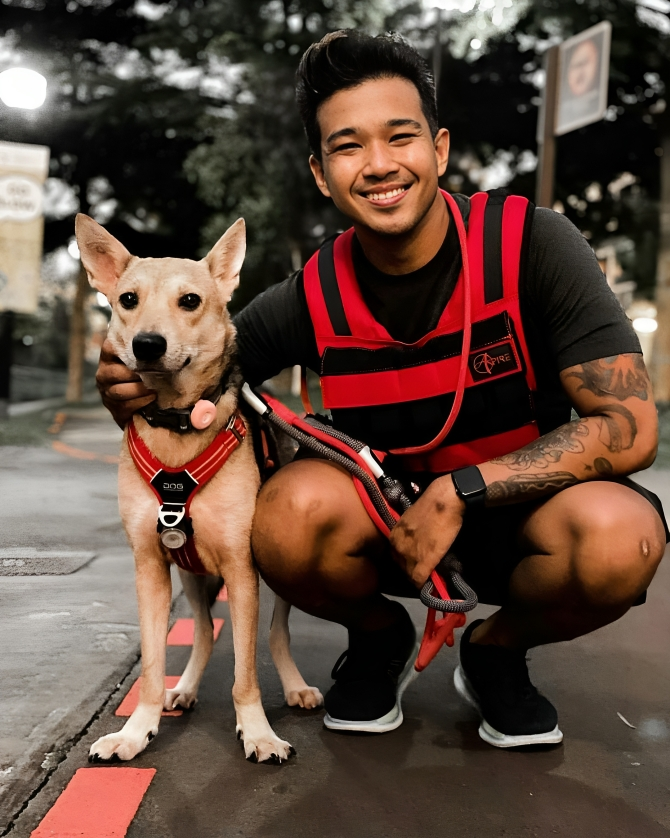
Should they decide to explore beyond the backyard, having current ID information significantly increases the chances of a swift and safe reunion. It’s a necessary step to ensure your cherished family member has a well-prepared travel itinerary that will lead them back home.
Using Physical Force
Training your dog is more of a dance than a wrestling match, and resorting to physical force is like attempting a dance without finesse – it often leads to missteps. Beyond the potential for injury, relying on physical force also damages the trust between you and your dog.

Effective training is achieved through patience and clear communication. Picture guiding your dog through a dance where gentle cues lead to harmonious movements. Forge a bond built on understanding and mutual respect, as this will create a choreography where you and your furry partner move together with grace.
Misinterpreting Dog’s Body Language
Successfully interpreting your dog’s body language is a continuous learning process. Dogs communicate through various cues, from tail wags to pointy ears. Understanding these signals enables you to respond appropriately to their emotional state and needs. For instance, a rapidly wagging tail may signal excitement, but it can also indicate anxiety in some contexts.

Paying attention to the subtleties of their body language builds a deeper connection, enhancing your ability to provide comfort and support in various situations. Moreover, it’s crucial to recognize that body language can vary based on a dog’s breed and individual personality. Some dogs like exuberant tail wagging, and others may communicate excitement more subtly.
Choosing the Wrong Type of Food
Selecting the right dog food is not just about meeting basic nutritional requirements; it’s about tailoring their diet to their specific needs. Different life stages, sizes, and breeds have varying nutritional demands. Puppies, for example, require food that supports their growth and development, while senior dogs may benefit from formulations that cater to joint health.

Additionally, certain breeds may have predispositions to specific health issues, and choosing the right food can contribute to preventive care. Consulting with your veterinarian to understand your dog’s individual nutritional needs ensures you make informed choices that positively impact their overall health and well-being.
Not Controlling the Environment During Training
Effectively managing the training environment is an integral aspect of successful dog training. One key aspect is minimizing distractions. Dogs, especially during the learning phase, can be easily sidetracked by various stimuli. Thus, choosing a quiet and familiar space, free from excessive noise or other animals, is advised.

This sets the stage for focused learning, allowing your dog to concentrate on understanding and responding to commands. Moreover, gradually introducing distractions as part of the training process helps your dog generalize their obedience skills, making them more adaptable in different situations.
Expecting a Dog to Act Like a Human
Dogs have their own language, instincts, and behaviors that differ from humans. Thus, expecting them to conform to your standards can lead to misunderstandings and frustration. Instead, appreciate their canine essence – their loyalty, playfulness, and sensitivity. For example, sniffing and being curious aren’t disobedient traits but rather ways of understanding their environment.

Adjusting your expectations to align with their natural behaviors enhances communication and strengthens the bond between you and your four-legged companion. Moreover, understanding a dog’s perspective aids in effective training and interactions. For instance, their sense of time and concept of personal space may differ from yours.
Overwhelming the Dog
Introducing your dog to new experiences should be a gradual and positive process. While exposure to various stimuli is essential for their development, overwhelming them can have adverse effects. Consider the introduction of new experiences as a series of gentle steps.

For instance, if you’re socializing your dog, start with calm and controlled environments before progressing to busier settings. Pay attention to your dog’s signals – signs of stress or anxiety may indicate a need to slow down and allow them time to acclimate.
